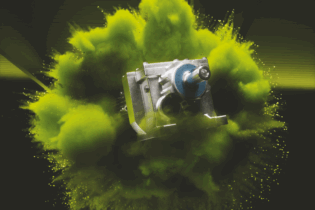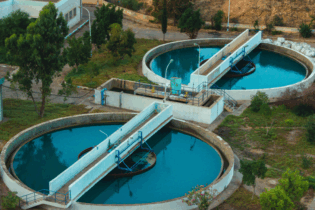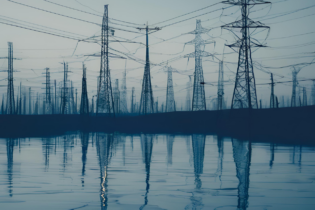A vast underground water source has been discovered in northern Namibia that could provide a secure and sustainable water supply to about 40% of the population for 400 years.
This discovery is the result of a joint project between the Ministry of Agriculture, Water and Forestry, NamWater and the German Federal Institute for Geosciences and Natural Resources that started in 2007.The impact of this find is huge, commented project manager and hydrologist Martin Quigner. “With so much water, you can envisage a much bigger scale for irrigation, you can take the stress off more industrial areas; it can make a major change,” Quigner said. The groundwater can be extracted cheaply and safely, and could serve as a back-up to the pipeline network in the Oshana Region. The aquifer lies between Eenhana and Okongo, and stretches from Okankolo into southern Angola, where it is “recharged” during the rainy season. Quigner said the aquifer has been in existence for an estimated 10 000 years. “Old water can be, unlike old beer, very fresh and clean, as it was filtrated before environmental pollution was an issue,” Quigner said. The aquifer is estimated to be between 280 to 350 m below the surface. An area of roughly 70 by 40 kilometres was explored.
“The more we drilled, the more fresh water we found,” Quigner said yesterday, and added that the quality of water is very good, although the fluoride content increased in deeper areas.
Connecting this aquifer with a salty one as a result of wrong drilling should be avoided, he cautioned. “The stored amount of water is so vast – conservative figures indicate that it equals supply for 400 years,” Quigner said. When drilling into the aquifer the water in the borehole rises from 280 m to 15 to 40 m below the surface. Quigner said this is a plus, because it considerably cuts pumping costs. Drilling is continuing at Eenhana in collaboration with NamWater. Quigner said five test wells would be drilled to determine how much water can be pumped out in a sustainable manner. He said the area should be declared a controlled water area to prevent random drilling which would endanger the source. The second phase of exploration will continue until next year. Meanwhile, the Minister of Agriculture, Water and Forestry announced yesterday that his ministry will host a water investment conference in September to bring together all players in the water sector including the private sector, such as financiers and equipment manufacturers to promote private investment opportunities in the sector.Source: Namibian News







